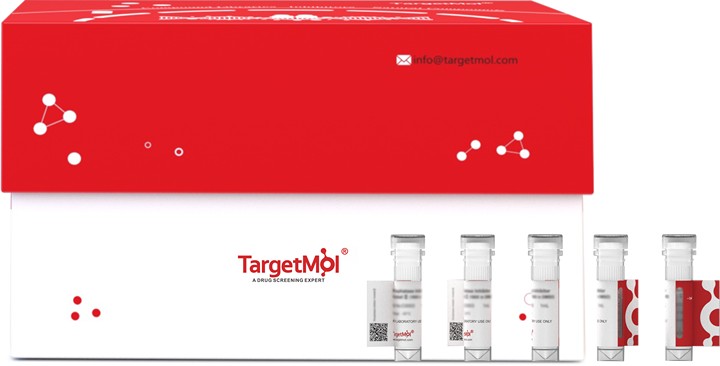Shopping Cart
- Remove All
 Your shopping cart is currently empty
Your shopping cart is currently empty

PLAA Protein, Mouse, Recombinant (His & Myc) is expressed in Baculovirus insect cells with N-10xHis and C-Myc tag. The predicted molecular weight is 13.6 kDa and the accession number is P27612.

| Pack Size | Price | Availability | Quantity |
|---|---|---|---|
| 20 μg | $491 | 20 days | |
| 100 μg | $1,500 | 20 days |
| Biological Activity | Activity has not been tested. It is theoretically active, but we cannot guarantee it. If you require protein activity, we recommend choosing the eukaryotic expression version first. |
| Description | PLAA Protein, Mouse, Recombinant (His & Myc) is expressed in Baculovirus insect cells with N-10xHis and C-Myc tag. The predicted molecular weight is 13.6 kDa and the accession number is P27612. |
| Species | Mouse |
| Expression System | Baculovirus Insect Cells |
| Tag | N-10xHis, C-Myc |
| Accession Number | P27612 |
| Synonyms | Plap |
| Amino Acid | TGAGRYMPGSAGMDTTMTGVDPFTGNSAYRSAASKTVNIYFPKKEALTFDQANPTQILGKLKELNGTAPEEKKLTEDDLVLLEKILSLIC |
| Construction | 495-584 aa |
| Protein Purity | > 85% as determined by SDS-PAGE. |
| Molecular Weight | 13.6 kDa (predicted) |
| Endotoxin | < 1.0 EU/μg of the protein as determined by the LAL method. |
| Formulation | Tris-based buffer, 50% glycerol |
| Reconstitution | A Certificate of Analysis (CoA) containing reconstitution instructions is included with the products. Please refer to the CoA for detailed information. |
| Stability & Storage | Lyophilized powders can be stably stored for over 12 months, while liquid products can be stored for 6-12 months at -80°C. For reconstituted protein solutions, the solution can be stored at -20°C to -80°C for at least 3 months. Please avoid multiple freeze-thaw cycles and store products in aliquots. |
| Shipping | In general, Lyophilized powders are shipping with blue ice. Solutions are shipping with dry ice. |
| Research Background | Plays a role in protein ubiquitination, sorting and degradation through its association with VCP. Involved in ubiquitin-mediated membrane proteins trafficking to late endosomes in an ESCRT-dependent manner, and hence plays a role in synaptic vesicle recycling. May play a role in macroautophagy, regulating for instance the clearance of damaged lysosomes. Plays a role in cerebellar Purkinje cell development. Positively regulates cytosolic and calcium-independent phospholipase A2 activities in a tumor necrosis factor alpha (TNF-alpha)- or lipopolysaccharide (LPS)-dependent manner, and hence prostaglandin E2 biosynthesis. |

Copyright © 2015-2025 TargetMol Chemicals Inc. All Rights Reserved.